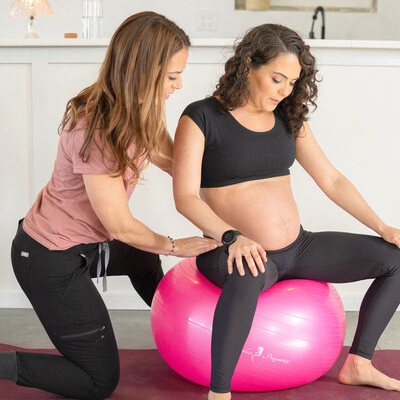This year, World Breastfeeding Week took us in unimaginable circumstances. The whole world is struggling to adapt to a new reality.
I had big plans to celebrate this week. Cool campaigns to raise awareness, including gatherings, pictures, and videos. However, COVID-19 came to change our plans.
I can't deny that I was frustrated and off of ideas. But, then I thought about how much connected I've been with my family, my friends, and my clients, more than ever before. Maybe this is not a time to show and do, but to communicate and deliberate.
I decided to pick the strongest statements in the breastfeeding world and bring them to my platform to raise some thoughts and open discussions.







